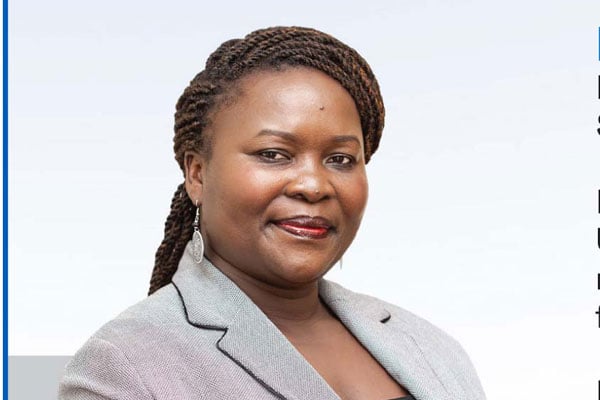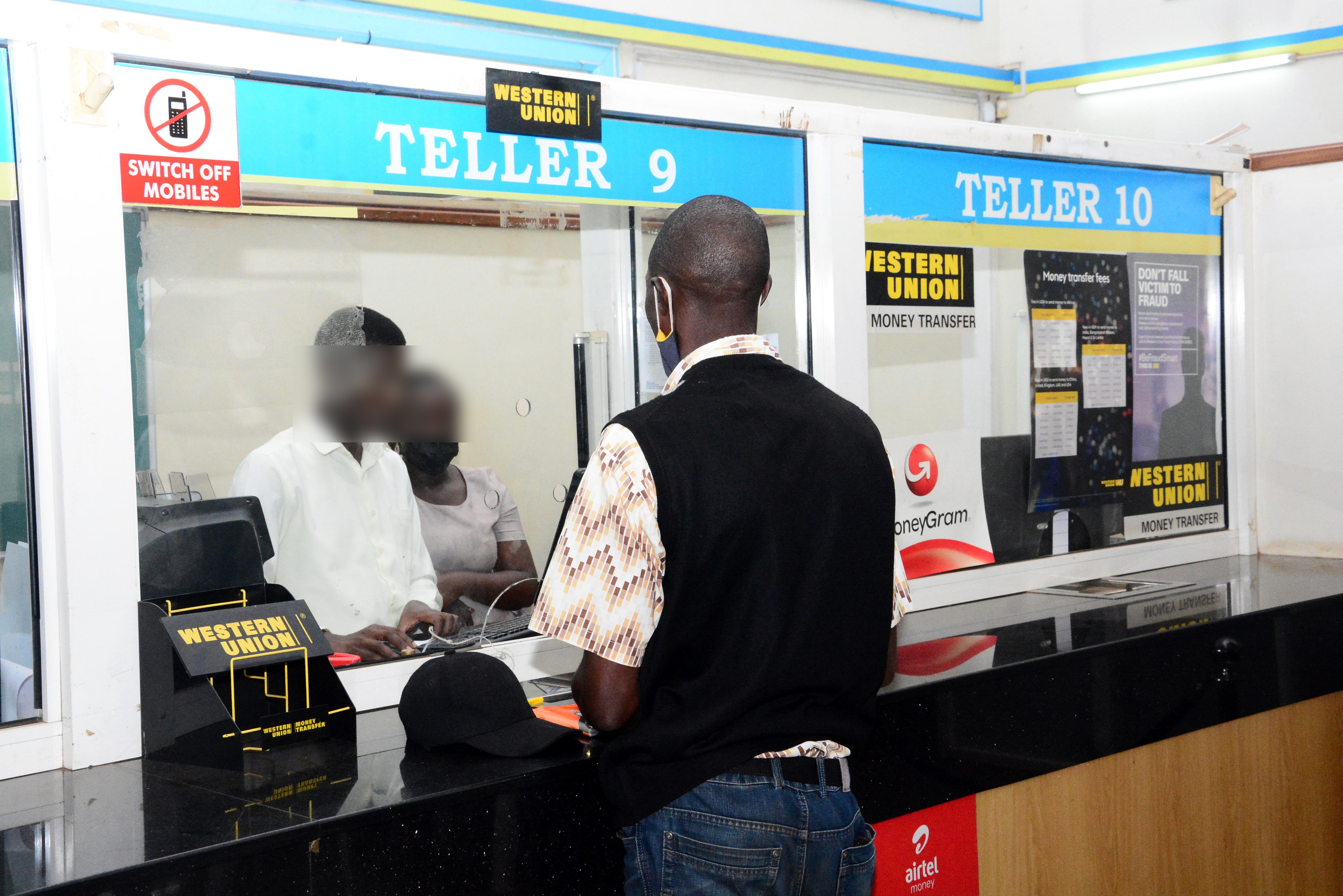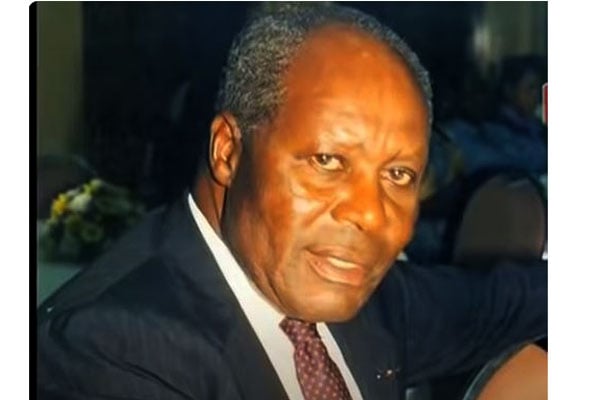Let’s rethink pay for science teachers

Emilly Comfort Maractho
What you need to know:
- For the record, I support the vision for a vibrant STEI sector and the proposed framework for a STEI system in vision 2040. Some proposals like industrial parks are in process.
Once again, a group of scientists, teachers this time, are striking. There was a strike by intern doctors, and doctors in the past. Even nurses and laboratory technicians threatened to strike before. I am unable to keep up so excuse me if it was a strike or a threat.
The reason for this strike is a 2021 presidential directive to pay science teachers better than their counterparts teaching the arts subjects by a huge margin. As it is, this “not entitled lot of arts teachers’ now insist that ‘all teachers matter” and therefore joining the strike. When that directive was given last year, I had quietly wondered about its logic, thinking that perhaps all teachers should be treated better.
Uganda’s Vision 2040 aspires to reorient the country by making Science, Technology, Engineering and Innovation (STEI) the main driver of economic growth and the key pillar of competition. The vision creators believed, ‘this will necessitate drastic change of approach to education and STEI sector. As such, the leap from an agrarian to an industrial economy lay in making science and technology a part of the development process.
The Uganda National Council for Science and Technology Act of 1990 had on its part provided an institutional framework for purposes of creating a conducive environment in which science and technology would thrive.
For several years, I taught a course named Science and Technology in Development, helping my students to appreciate the link between science and technology, and development. I got them to appreciate the efforts being made and what more could be done. Nowhere did I imagine that at some point, these efforts would mean a pay gap for teachers, even though at the university that was already in the works.
For the record, I support the vision for a vibrant STEI sector and the proposed framework for a STEI system in vision 2040. Some proposals like industrial parks are in process.
However, as often is the case, the way we are going about it is disturbing. There are many problems with this proposal for pay discrimination between science and arts teachers. Imagine that your father announces that only the children who study sciences will be entitled to diner, the others will eat one meal. I wonder how the other children are expected to react.
This action can be classified as affirmative action for science teachers, because I cannot find a better frame for it. I recognise that the constitution in Article 32 (1) justifies positive discrimination in favour of groups that are marginalised.
It also provides for the grounds of marginalisation, that is on the basis of gender, age, disability or any other reason created by history, tradition or custom, for the purpose of redressing imbalances which exist against them. It lay the ground for Article 33 in the Constitution, that provides for affirmative action for women, because it attempts to redress these imbalances as sited.
None of these grounds, cover the pay discrimination proposal. Infact, the proposal offends Article 32 (2) which provides for the Equal Opportunities Commission for purposes of giving full effect to Clause 1 of the same article. All teachers paid by government deserve equal opportunities in pay, regardless of subjects taught.
If implemented, this proposal would widen the pay gap and create inequality that is unjustifiable. For instance, the science teacher in a government school and private school; the science and arts teachers in the same school; and increased gender pay gap in the event that more science teachers are male are all possibilities. This could further deepen the crises for a country that does not have a minimum wage. The pay structure for teachers in private schools also vary. Yet, they play the same role, preparing students to write national examinations.
A pay rise can be implemented for all teachers, incrementally. A benchmark for private schools may also be set to curb exploitation of teachers in those spaces, in the absence of a minimum wage. Nothing kills motivation and dedication more than an unjustified pay gap.
Also, government can if it likes STEI as much as it claims, then provide incentives for schools to acquire equipment for science laboratories; invest in and increase employment opportunities for science with better pay; support schools across the board – private or public to teach science better; offer scholarships for further studies for science teachers; innovation financing for science teachers; maintain programmes that interest girls in taking up science courses; and encourage greater interest in science careers at an early age.
One of the proposals in vision 2040 was that government would invest heavily in its education system with a focus to STEI and Research and Development in order to produce globally competitive human resources in the field. This cannot be about differential. If we increased salaries for teachers across the board and implemented clear general incentives for science teachers, not many teachers will be complaining.
Ms Maractho (PhD) is the director of Africa Policy Centre and senior lecturer at Uganda Christian University. [email protected]




